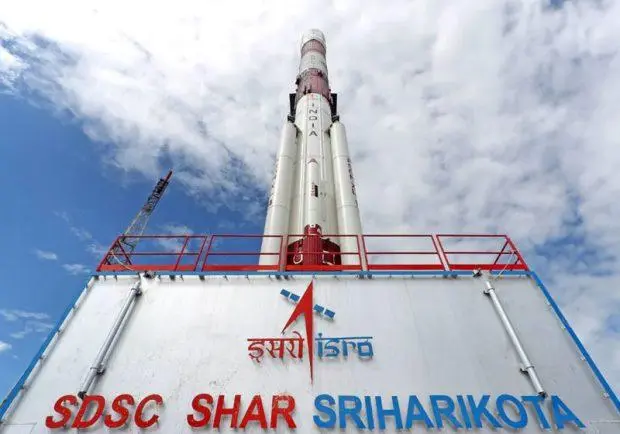
The Indian Space Research Organisation will launch PSLV-C54/ EOS-06 mission with Oceansat-3 and eight nano satellites including one from Bhutan, on board from Sriharikota spaceport on 26 November, 2022.
The national space agency headquartered said,” The launch is scheduled at 11:56am on 26 Nov”.
Asked about the passengers aboard the rocket, a senior ISRO official told PTI on Sunday: “EOS-06 (Oceansat-3) plus eight nano satellites (BhutanSat, ‘Anand’ from Pixxel, Thybolt two numbers from Dhruva Space, and Astrocast – four numbers from Spaceflight USA)”.
Know about PSLV
The Polar Satellite Launch Vehicle (PSLV) was launched on 20 September 1993. It is an expendable medium-lift launch vehicle designed and operated by the Indian Space Research Organisation (ISRO).
It was developed to allow India to launch its Indian Remote Sensing (IRS) satellites into sun-synchronous orbits, a service that was, until the advent of the PSLV in 1993, only commercially available from Russia.Vehicle can also launch small size satellites into Geostationary Transfer Orbit.
Indian’s first interplanetary mission (Chandrayaan1), Mars Orbiter Mission ( Mangalyaan) and India’s first space observatory are the some notable payloads launched by PSLV. It continues to support Indian and foreign satellite launches especially for low Earth orbit satellites.
The parent organization, ISRO was planning to handover the production and operation of Vehicle to private industry through a joint venture. New space India Limited issued an invitation to tender for manufacturing the entire vehicle on 16 August 2019.
The Hindustan Aeronautics Limited and Larsen & Toubro signed a contract with ISRO on 5 Sept, 2022.They led conglomerate for production of five PSLV-XL launch vehicles after they won competitive bidding. Under this contract, they have to deliver their first PSLV-XL within 24 months and the remaining four vehicles every six months.
As of July 1, 2022 the PSLV has made 55 launches, with 52 successfully reaching their planned orbits, two outright failures and one partial failure, yielding a success rate of 94%.

















